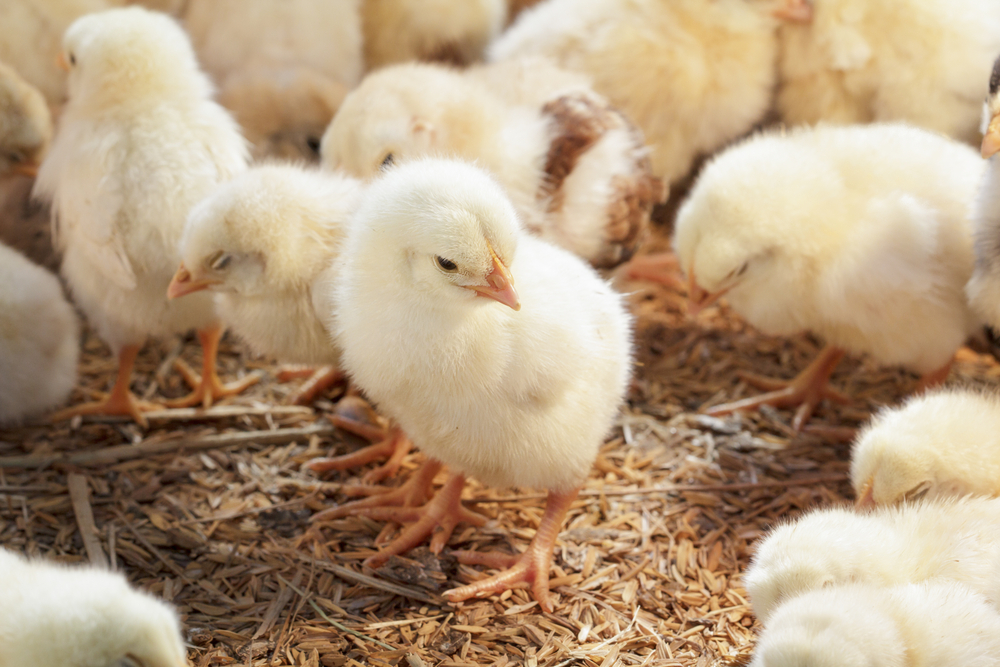Watch Out for Germs Spread by Cute Chicks
March 1, 2019

As the time of year arrives when people buy baby poultry and start planning flocks, the Wyoming Department of Health (WDH) is reminding people to watch out for the harmful germs baby birds can sometimes carry even if they appear healthy and clean.
“Because poultry chicks are soft and cute, many people want to touch, hold or even snuggle them but this behavior can be risky because the birds can have germs on their body and in their droppings,” said Tiffany Greenlee, surveillance epidemiologist with WDH.
Baby poultry are a common source of Salmonella, which can cause diarrhea, fever, stomach cramps and other severe symptoms in humans. Young children, the elderly, pregnant women and those with weakened immune systems are at an increased risk for severe symptoms.
Greenlee noted Wyoming regularly has cases of Salmonellosis in humans from contact with live poultry, especially in springtime. “Every year people in Wyoming infected with Salmonella are part of larger, multistate outbreaks involving baby chicks,” Greenlee said.
“The germs we’re concerned with are also found where birds live such as in their cages and coops. If someone puts their hands in or near their mouth after handling birds or touching the birds’ environment, they can become infected,” Greenlee said.
“While pet ownership can be rewarding and there can be great benefits from having a backyard flock of chickens, there are steps you can take to protect yourself and your family from harmful germs,” Greenlee said.
Tips for handling live birds include:
- Children younger than 5 years of age, elderly persons or people with weak immune systems shouldn’t handle or touch chicks or other live poultry.
- After touching live poultry or anything in the area where they are found, wash hands thoroughly with soap and water. If soap and water aren’t available, use hand sanitizer.
- Don’t eat or drink around live poultry, touch with the mouth or hold closely to the face.
- Don’t let live poultry inside the house, in bathrooms or in areas where food or drink is prepared, served or stored.
- Clean equipment or materials used in caring for live poultry outside the house, such as cages or feed or water containers.
